Standard Kitchen Sink Height: A Complete Guide
If you're in the process of designing or renovating your kitchen, one important element to consider is the height of your kitchen sink. While it may seem like a minor detail, the height of your kitchen sink can greatly impact your overall cooking experience and the functionality of your kitchen. In this guide, we will discuss everything you need to know about the standard kitchen sink height, including how to measure it, factors to consider when choosing a height, and the benefits of choosing the right height for your sink.
What Is the Standard Height of a Kitchen Sink?
The standard height of a kitchen sink is typically between 33 and 36 inches from the floor to the top of the sink. This measurement includes the sink's height and the countertop it sits on. However, the specific height may vary depending on your personal preferences and needs.
It's important to note that the standard height may not be suitable for everyone, especially for those with specific physical needs. In some cases, you may need to adjust the height of your kitchen sink to better fit your needs and improve your overall kitchen experience.
Standard Kitchen Sink Dimensions and Sizes
Most kitchen sinks come in standard sizes, which can vary depending on the material and style of the sink. The most common sizes for kitchen sinks are 22 inches, 24 inches, and 30 inches in width, with a depth of 8 to 10 inches. However, there are also larger options available for those who need more space for washing larger items or multiple dishes at once.
The depth of the sink is also an important factor to consider when choosing a kitchen sink. A deeper sink can provide more room for washing and soaking dishes, but it may also make it harder to reach the bottom of the sink for some individuals. It's important to find a balance between depth and accessibility to ensure the sink height is suitable for your needs.
How to Measure the Height of a Kitchen Sink
Measuring the height of a kitchen sink is a simple process that you can do on your own. First, measure the distance from the floor to the top of the countertop where the sink will be installed. Then, measure the height of the sink itself, which includes the depth of the sink and the thickness of the countertop it will sit on. Finally, add these two measurements together to get the total height of the sink.
It's important to keep in mind that the height of your sink may change slightly depending on the type of material used for the countertop. For example, a granite countertop will have a different thickness than a laminate countertop, so it's important to factor this in when measuring the sink height.
Factors to Consider When Choosing a Kitchen Sink Height
When deciding on the height of your kitchen sink, there are a few factors to consider. First and foremost, you should think about your own personal needs and preferences. If you are tall, you may prefer a higher sink to avoid having to bend down too much. On the other hand, if you have a smaller stature, a lower sink may be more comfortable for you to use.
Additionally, you should also consider the types of activities you will be using your sink for. If you plan on washing large pots and pans frequently, a deeper sink may be more suitable. If you have children who will be using the sink, a lower height may be more accessible for them.
Another important factor to consider is the overall design and layout of your kitchen. The sink height should be proportional to the rest of your kitchen, and it should also be at a comfortable height for you to use while standing at the countertop.
Standard Kitchen Sink Height for Wheelchair Access
For individuals who use a wheelchair, the standard kitchen sink height may not be suitable. In these cases, the sink may need to be lowered to a height of 30 inches or less to allow for easier reach and accessibility. This can also be beneficial for individuals with limited mobility or those who prefer to sit while using the sink.
It's important to consult with a professional or do thorough research when determining the best sink height for wheelchair accessibility, as it may vary depending on the individual's specific needs and the type of wheelchair being used.
Adjustable Kitchen Sink Height Options
If you're still unsure about the best height for your kitchen sink, or if you have multiple users with different height preferences, you may want to consider an adjustable sink height option. These sinks feature a flexible design that allows you to adjust the height as needed, providing a more versatile and customizable kitchen experience.
There are a few different types of adjustable sink height options available, including sinks with adjustable legs or sinks that can be raised or lowered with the push of a button. These options may be more expensive than traditional sinks, but they can provide a great solution for those looking for a more adaptable sink height.
Common Mistakes When Installing a Kitchen Sink
When it comes to installing a kitchen sink, there are a few common mistakes that homeowners make. One of the most common mistakes is not measuring the sink height correctly, resulting in a sink that is too high or too low for their needs. This can lead to discomfort and inconvenience when using the sink.
Another mistake is not considering the placement of the sink in relation to other elements in the kitchen, such as the stove and refrigerator. The sink should be at a comfortable height and distance from these other areas to allow for ease of movement and functionality.
It's also important to ensure that the sink is properly supported and installed to prevent any damage or leaks. If you're unsure about how to install a kitchen sink, it's best to consult with a professional to ensure it is done correctly.
How to Install a Kitchen Sink at the Correct Height
If you're planning on installing a new kitchen sink or adjusting the height of your current sink, there are a few steps you can follow to ensure it is done correctly. First, measure the height of the sink and the countertop it will sit on, as well as the distance from the floor to the countertop. Then, adjust the height of the sink accordingly to ensure it is at a comfortable level for you to use.
Be sure to properly secure the sink to the countertop and ensure all plumbing connections are tight and leak-free. It may also be helpful to have a professional plumber or contractor assist with the installation to ensure it is done safely and effectively.
Benefits of Choosing the Right Kitchen Sink Height
Choosing the right height for your kitchen sink can offer a variety of benefits. First and foremost, it can greatly improve your overall cooking experience and make daily tasks in the kitchen more comfortable and efficient. It can also help prevent any strain or discomfort on your back and shoulders from bending or reaching too low or high.
In addition, choosing the right sink height can also improve the aesthetic and functionality of your kitchen. It can create a more balanced and visually appealing look, as well as make it easier to use the sink in relation to other areas of the kitchen.
Why Standard Kitchen Sink Height is Important for Your House Design
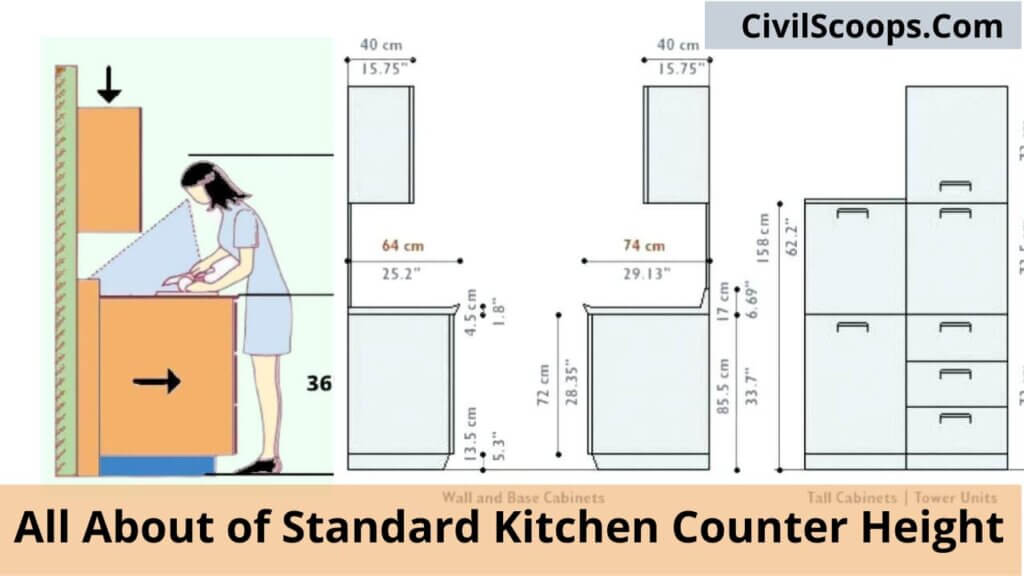
The Importance of Proper Kitchen Sink Height
 One of the most important elements of a well-designed kitchen is
proper
standard kitchen sink height
. While it may seem like a small detail, the height of your kitchen sink can greatly impact the functionality and aesthetics of your kitchen. The standard height for a kitchen sink is typically between 32 and 36 inches, but this can vary depending on individual preferences and needs. In this article, we will dive into the reasons why
standard kitchen sink height
is crucial for your house design and how to determine the best height for your kitchen sink.
One of the most important elements of a well-designed kitchen is
proper
standard kitchen sink height
. While it may seem like a small detail, the height of your kitchen sink can greatly impact the functionality and aesthetics of your kitchen. The standard height for a kitchen sink is typically between 32 and 36 inches, but this can vary depending on individual preferences and needs. In this article, we will dive into the reasons why
standard kitchen sink height
is crucial for your house design and how to determine the best height for your kitchen sink.
Ergonomics and Comfort
 Standard kitchen sink height
is not just about aesthetics, it also plays a crucial role in ergonomics and comfort. The height of your kitchen sink should be at a level that is comfortable for the majority of users. This means that it should not be too low or too high, as this can cause strain on the back and arms while washing dishes or preparing food.
Proper
kitchen sink height
also ensures that you are not bending over too much while using the sink, which can lead to back pain and discomfort.
Standard kitchen sink height
is not just about aesthetics, it also plays a crucial role in ergonomics and comfort. The height of your kitchen sink should be at a level that is comfortable for the majority of users. This means that it should not be too low or too high, as this can cause strain on the back and arms while washing dishes or preparing food.
Proper
kitchen sink height
also ensures that you are not bending over too much while using the sink, which can lead to back pain and discomfort.
Aesthetics and Design
Determining the Best Height for Your Kitchen Sink
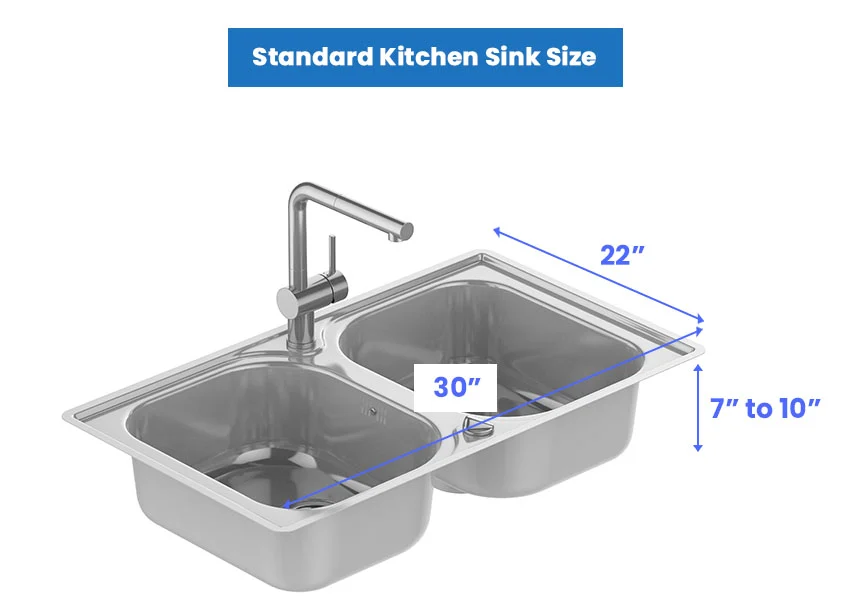 The standard height for a kitchen sink may not be suitable for everyone, as individual preferences and needs vary. To determine the best height for your kitchen sink, consider your own height and the height of those who will be using the sink regularly. As a general rule, the sink should be at a comfortable level for the majority of users, but it is also important to take into account any specific needs or limitations. For example, if you have a tall family member, you may want to consider raising the sink slightly to accommodate them.
The standard height for a kitchen sink may not be suitable for everyone, as individual preferences and needs vary. To determine the best height for your kitchen sink, consider your own height and the height of those who will be using the sink regularly. As a general rule, the sink should be at a comfortable level for the majority of users, but it is also important to take into account any specific needs or limitations. For example, if you have a tall family member, you may want to consider raising the sink slightly to accommodate them.
In Conclusion
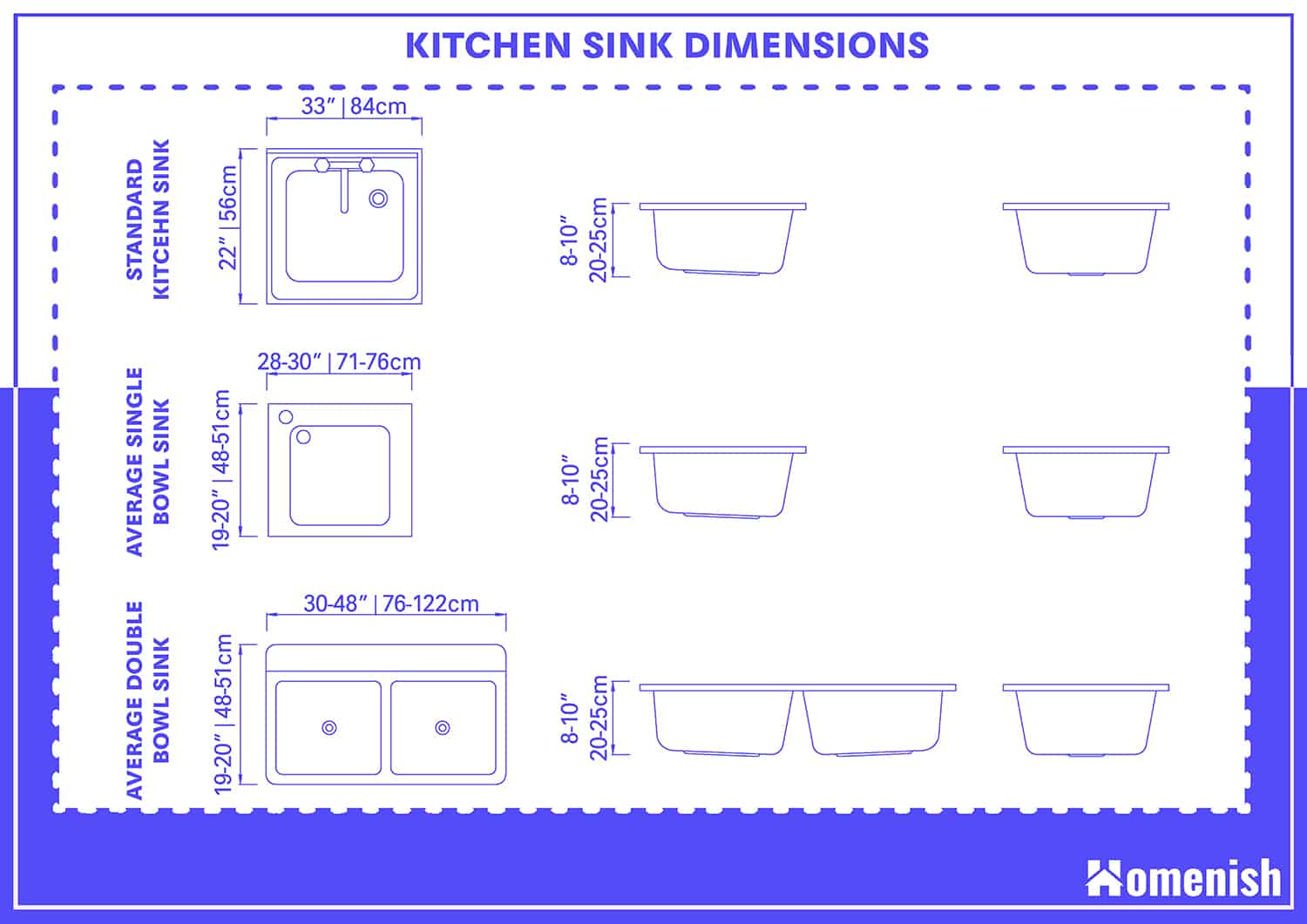 In conclusion,
standard kitchen sink height
is an important consideration in house design that should not be overlooked. It impacts both functionality and aesthetics, and finding the right height for your kitchen sink will greatly enhance your overall kitchen experience. Whether you stick to the standard height or adjust it to suit your specific needs, always remember to prioritize comfort and ergonomics for a well-designed and functional kitchen.
In conclusion,
standard kitchen sink height
is an important consideration in house design that should not be overlooked. It impacts both functionality and aesthetics, and finding the right height for your kitchen sink will greatly enhance your overall kitchen experience. Whether you stick to the standard height or adjust it to suit your specific needs, always remember to prioritize comfort and ergonomics for a well-designed and functional kitchen.
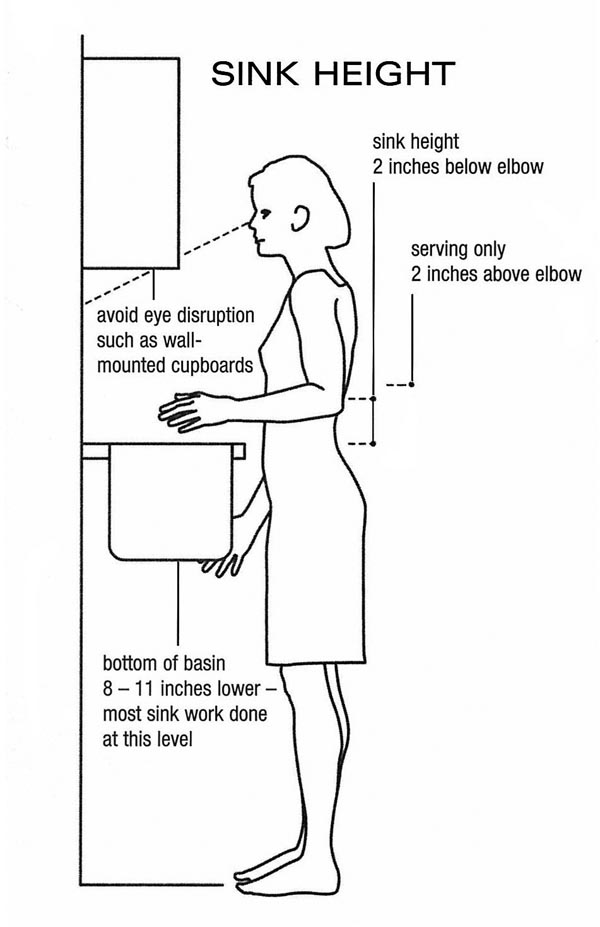
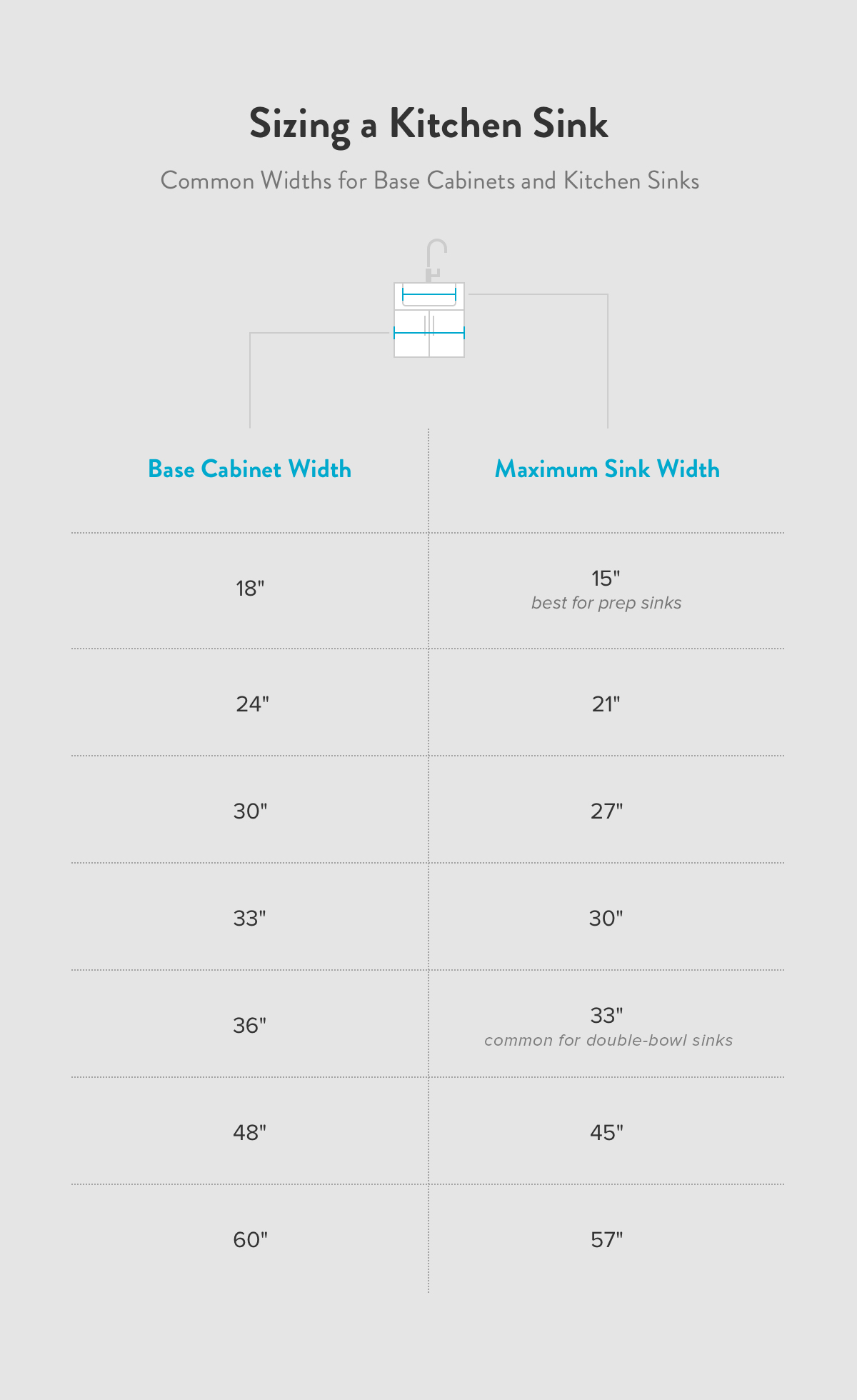
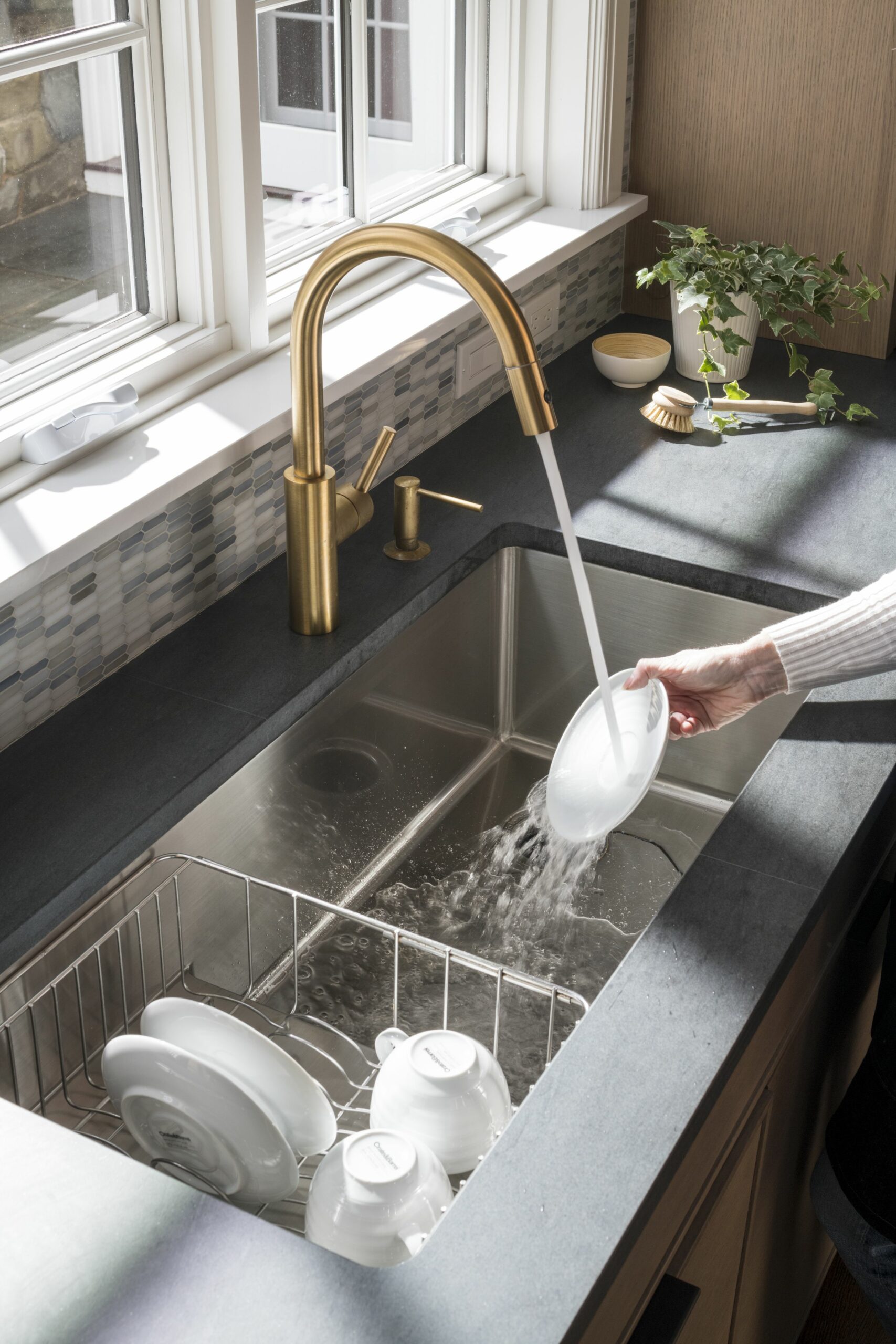
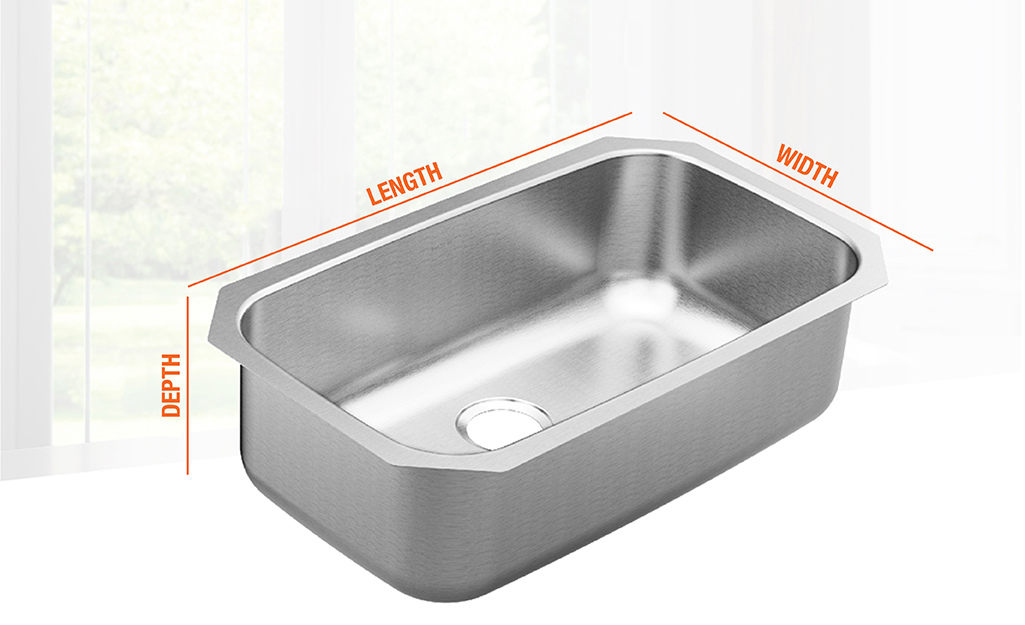
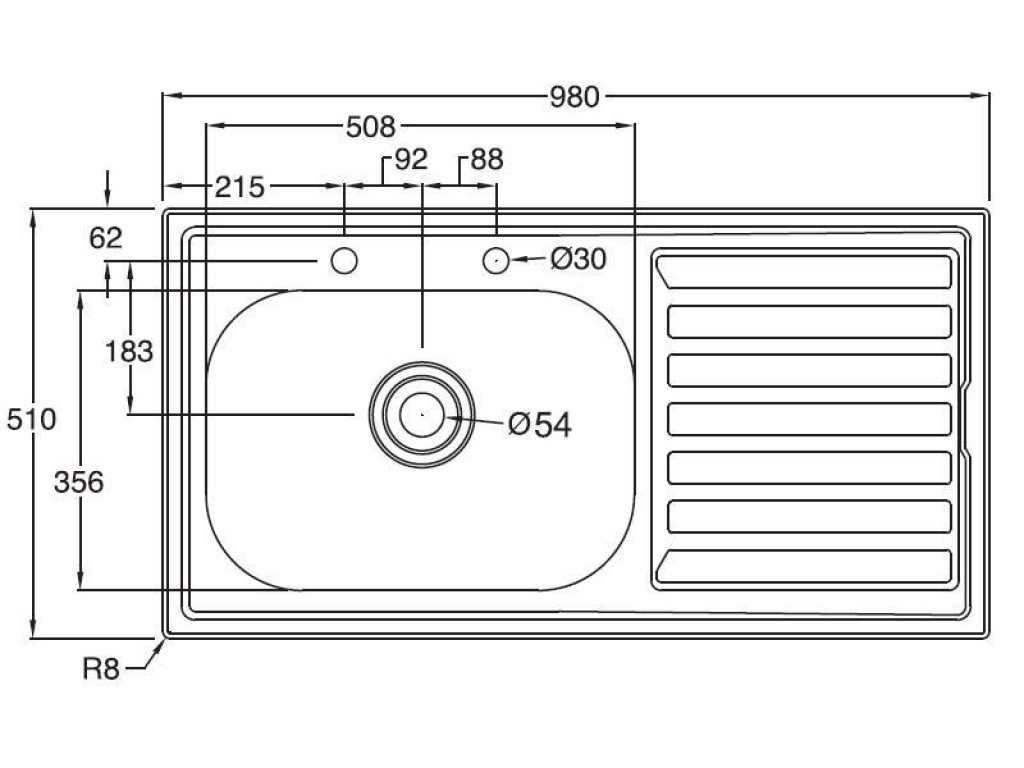

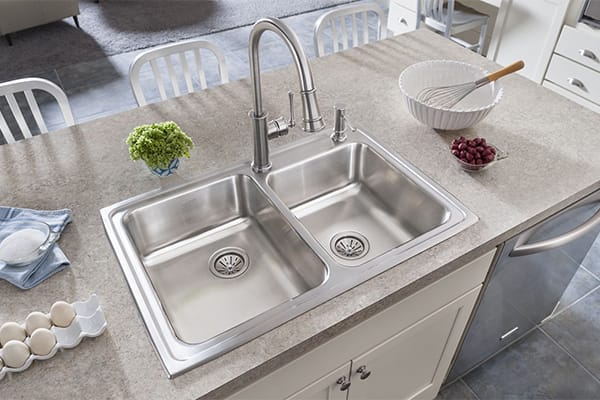
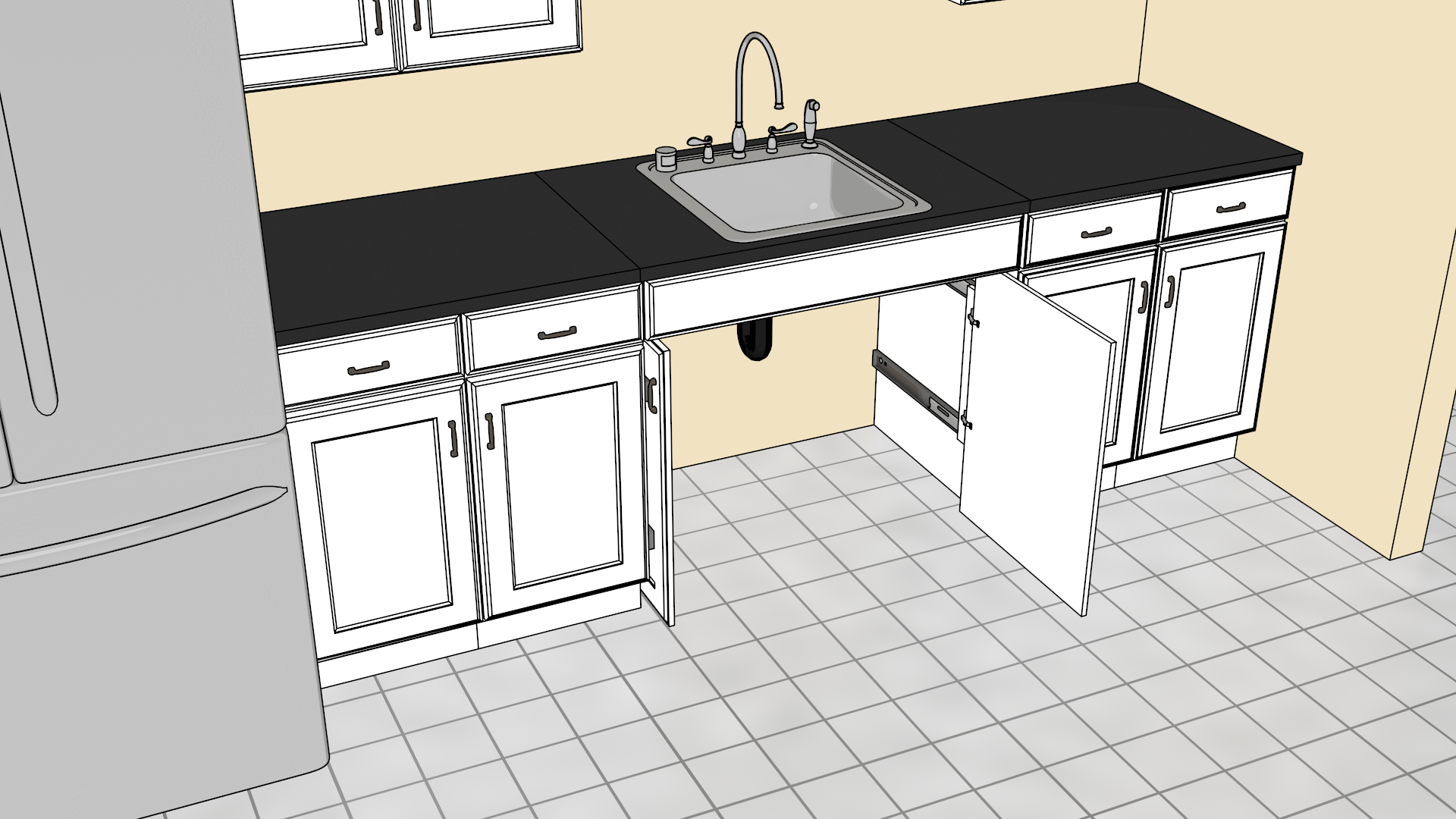



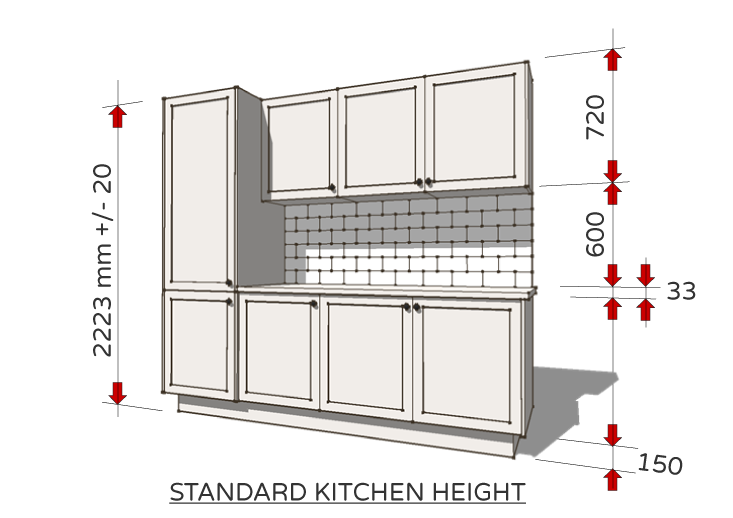
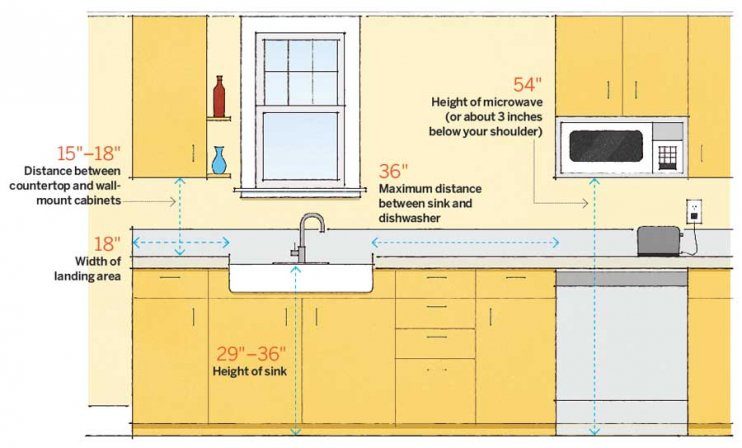

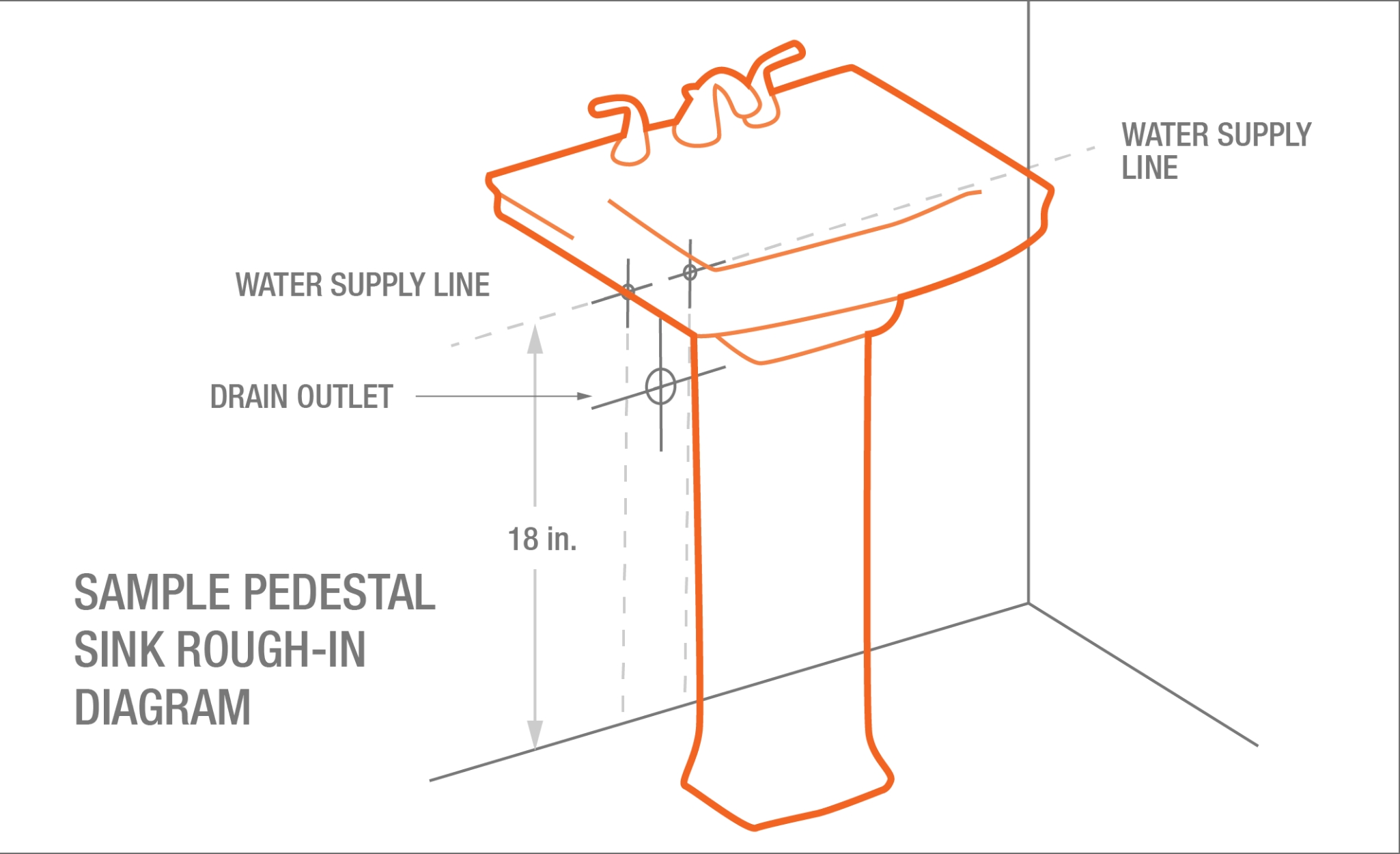






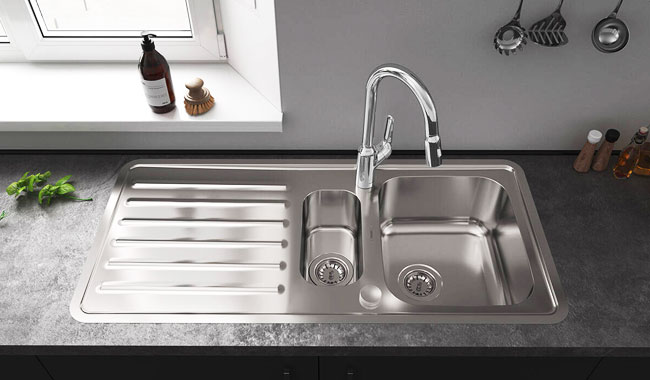



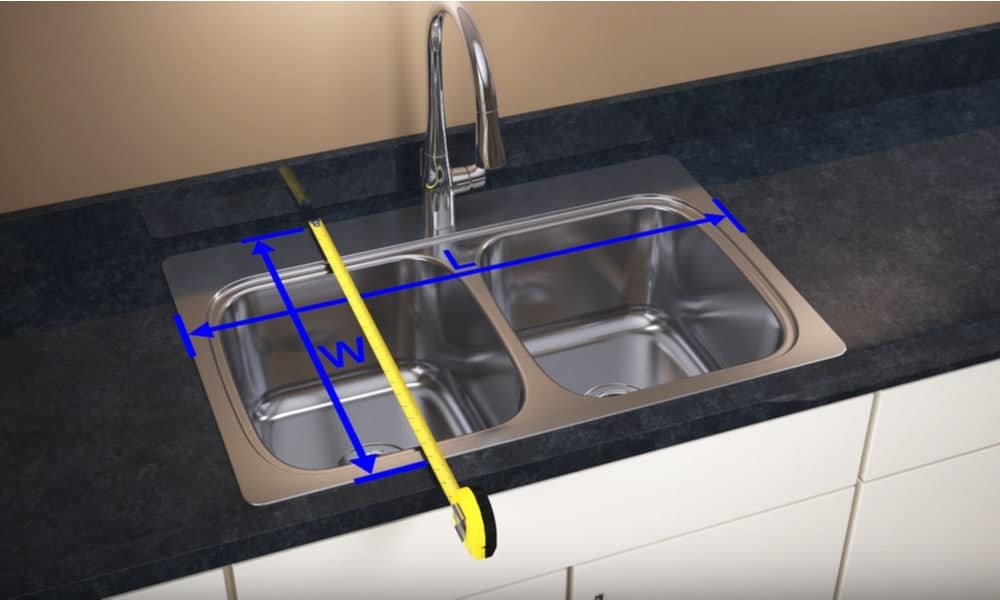
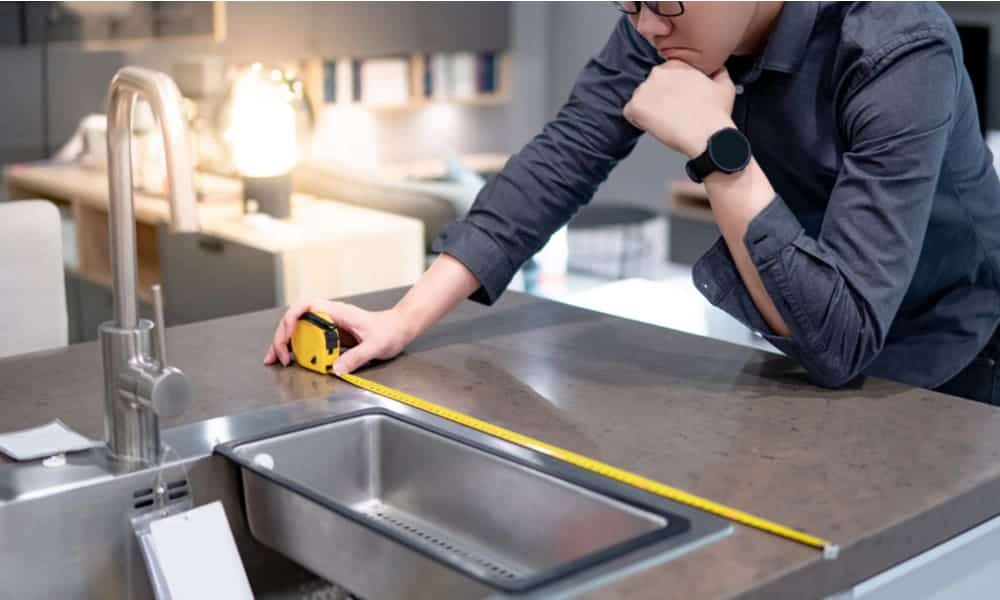


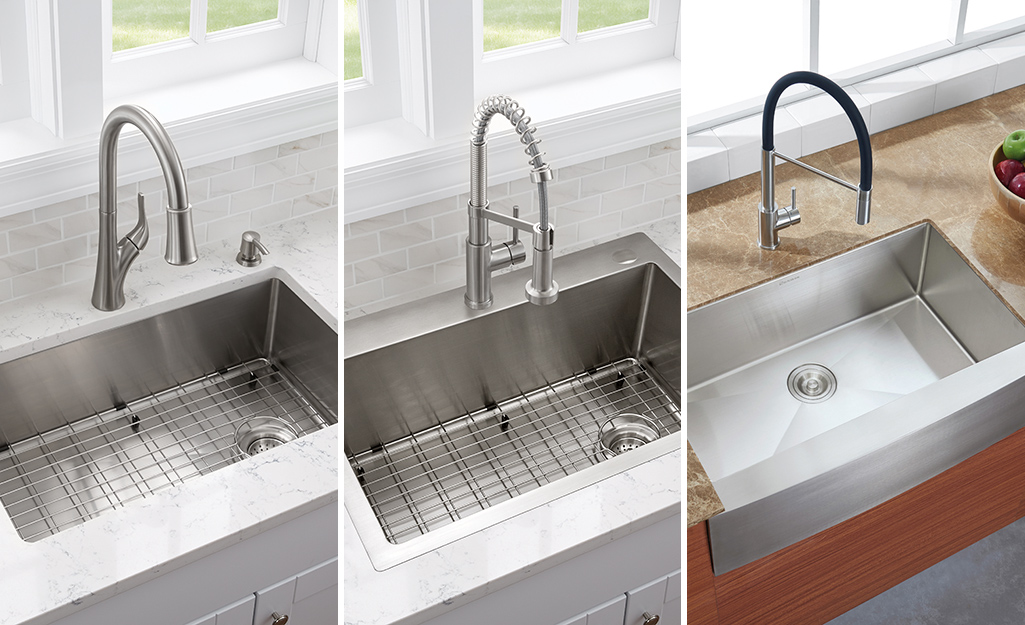






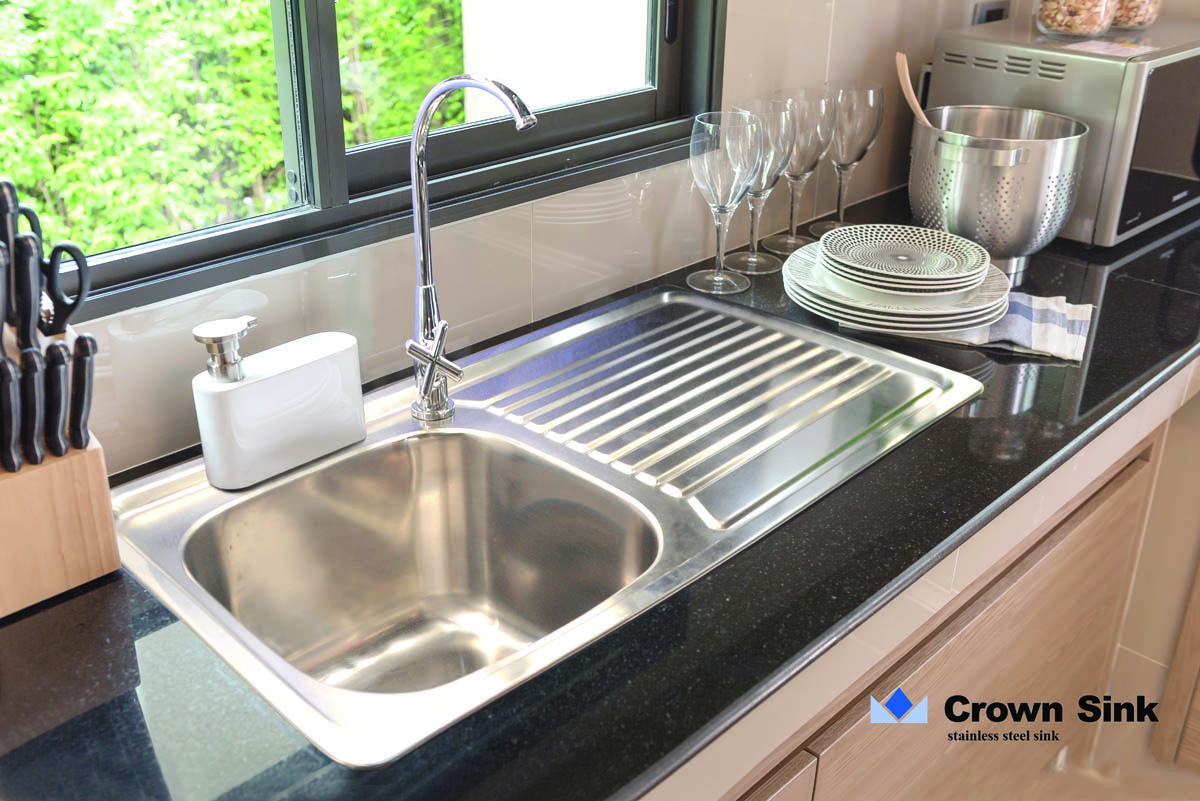



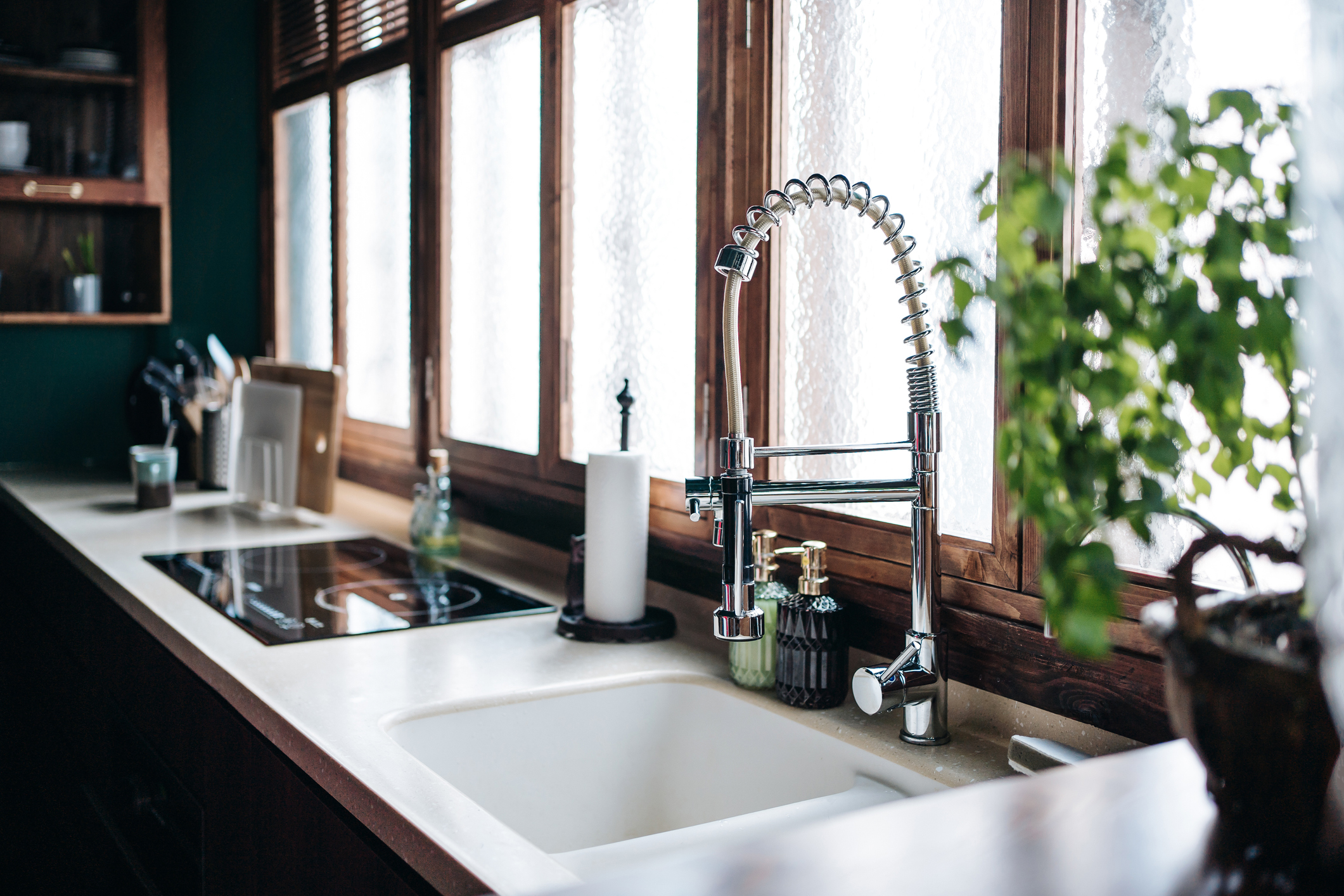

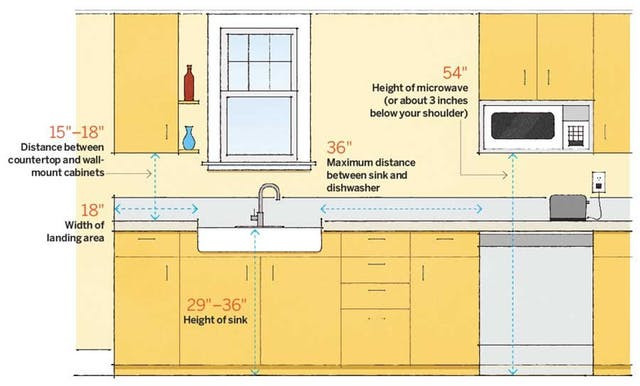






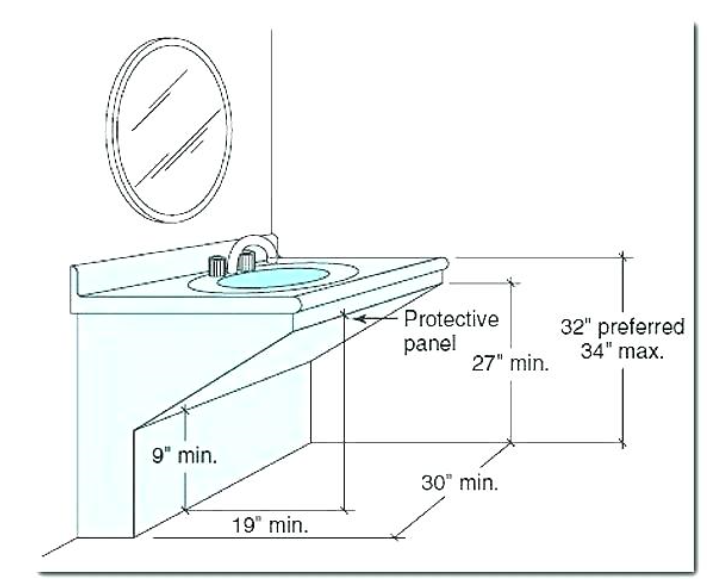

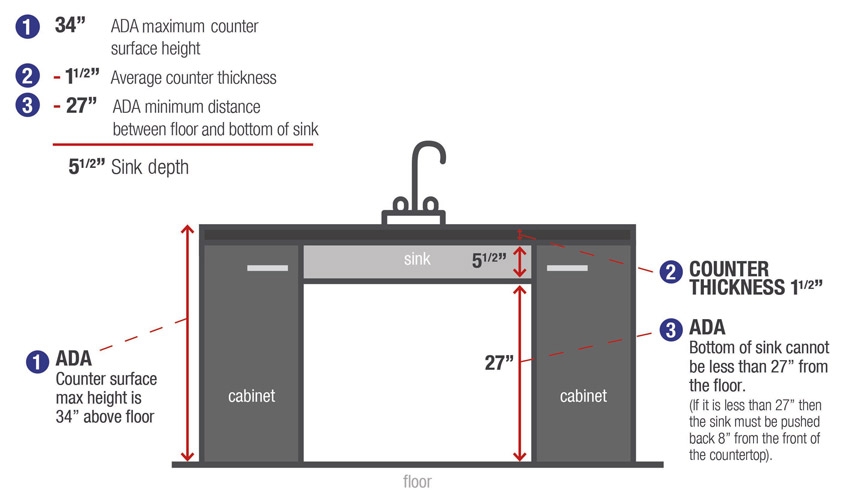





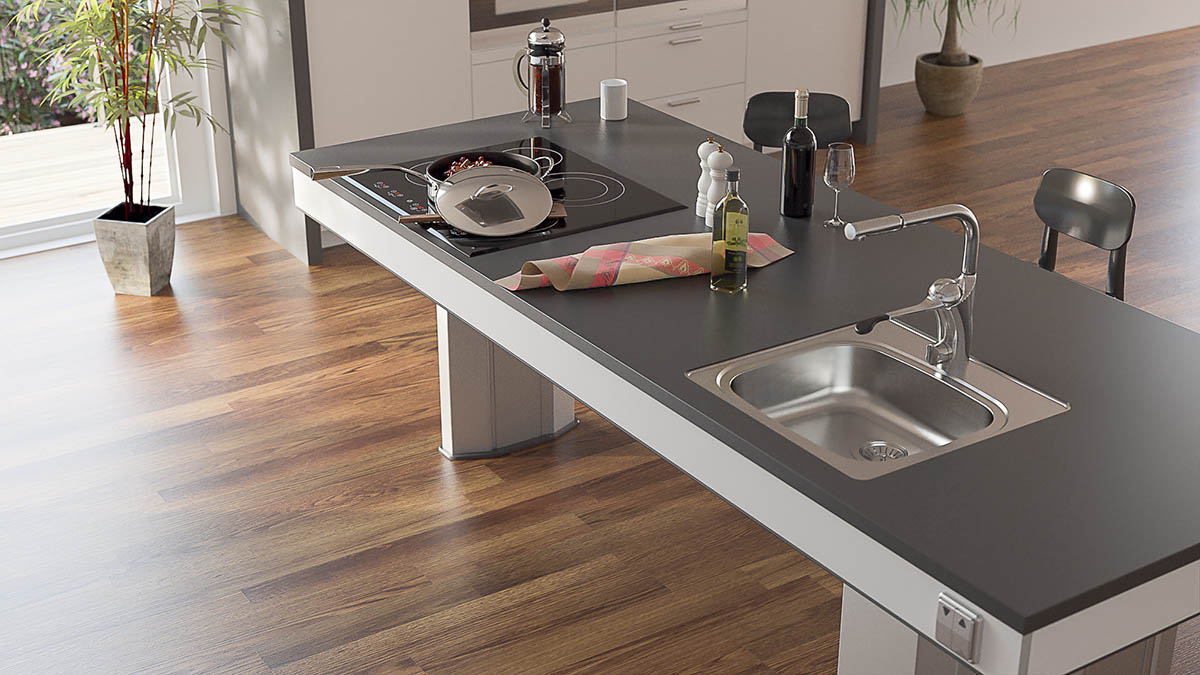


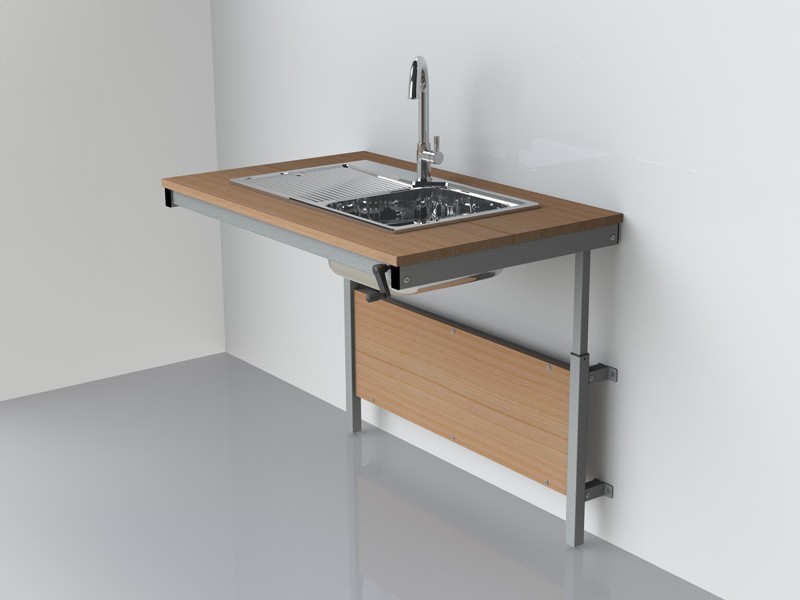



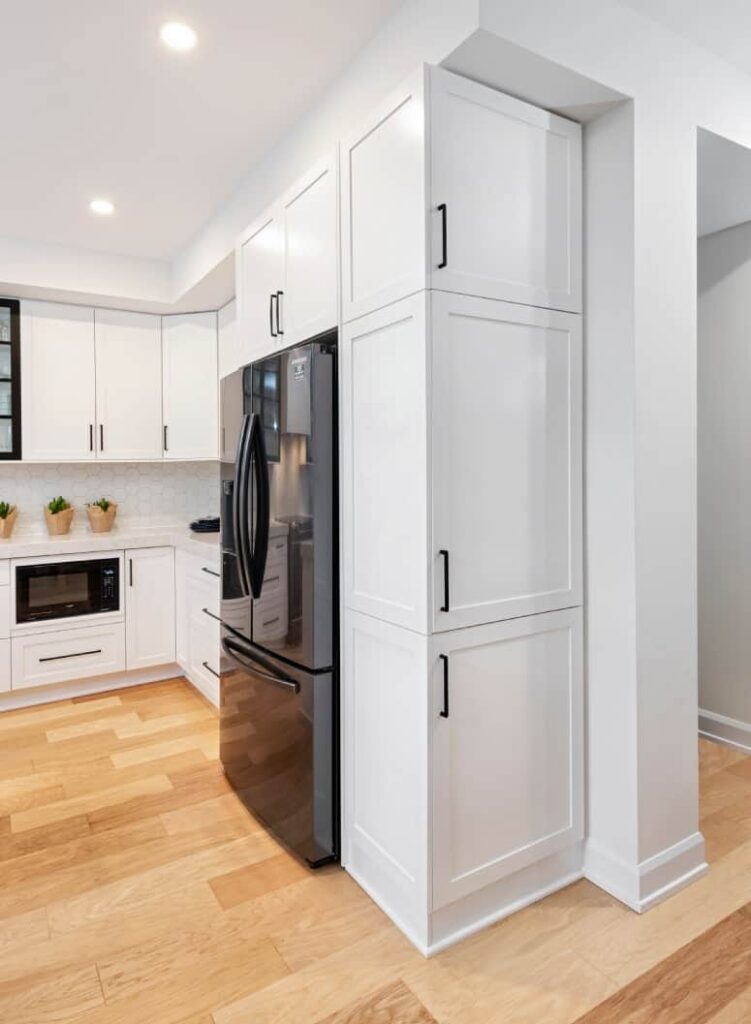


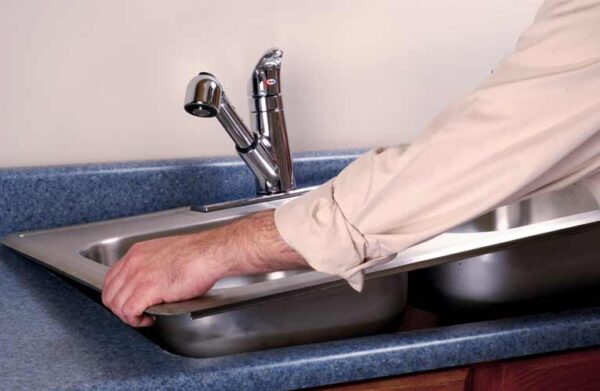










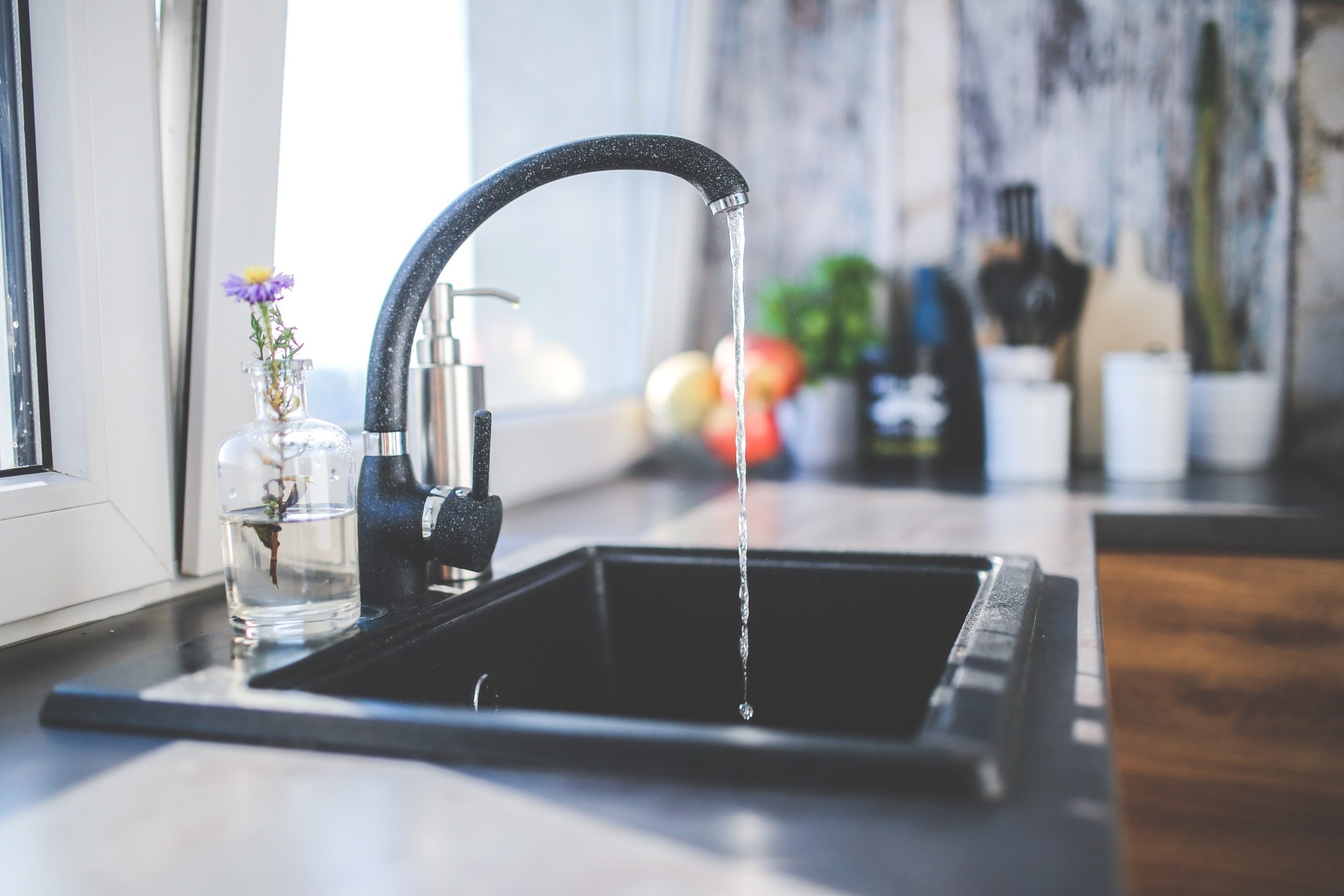




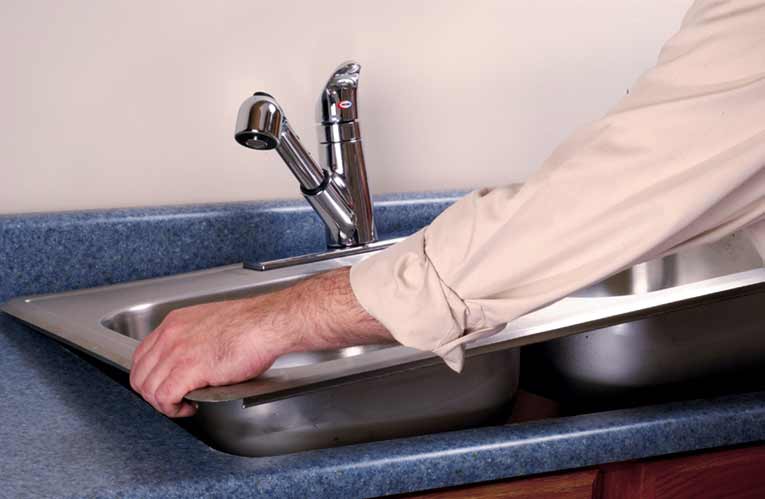




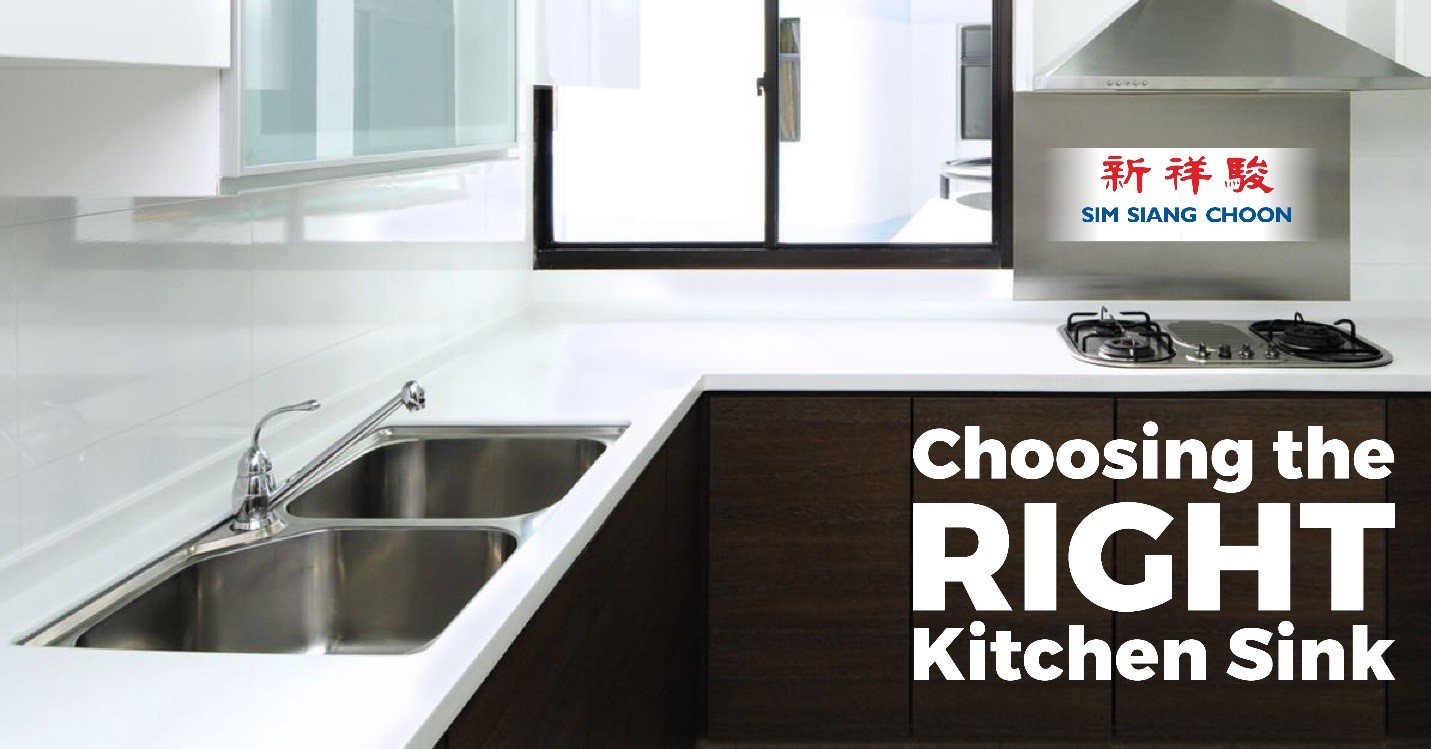
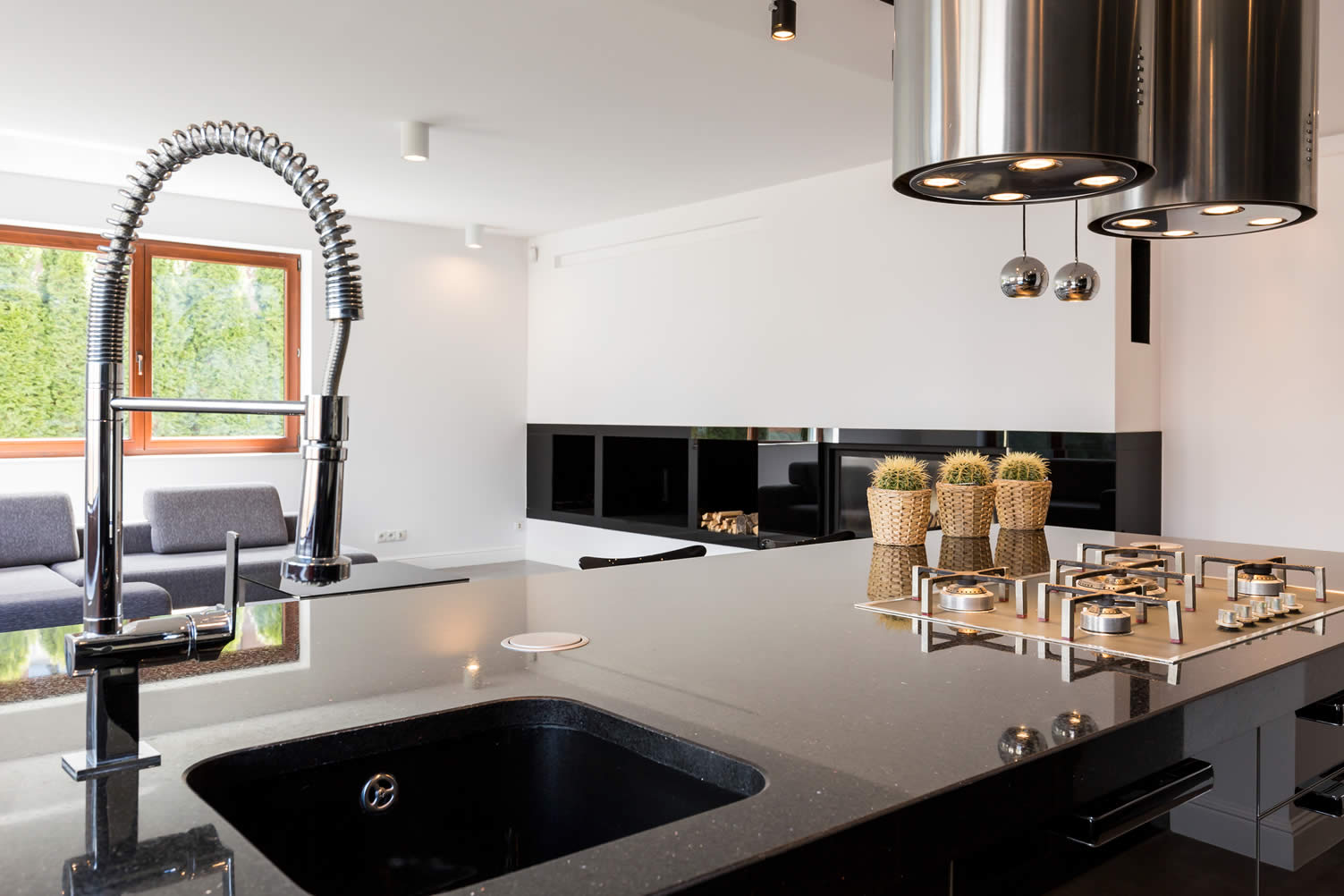

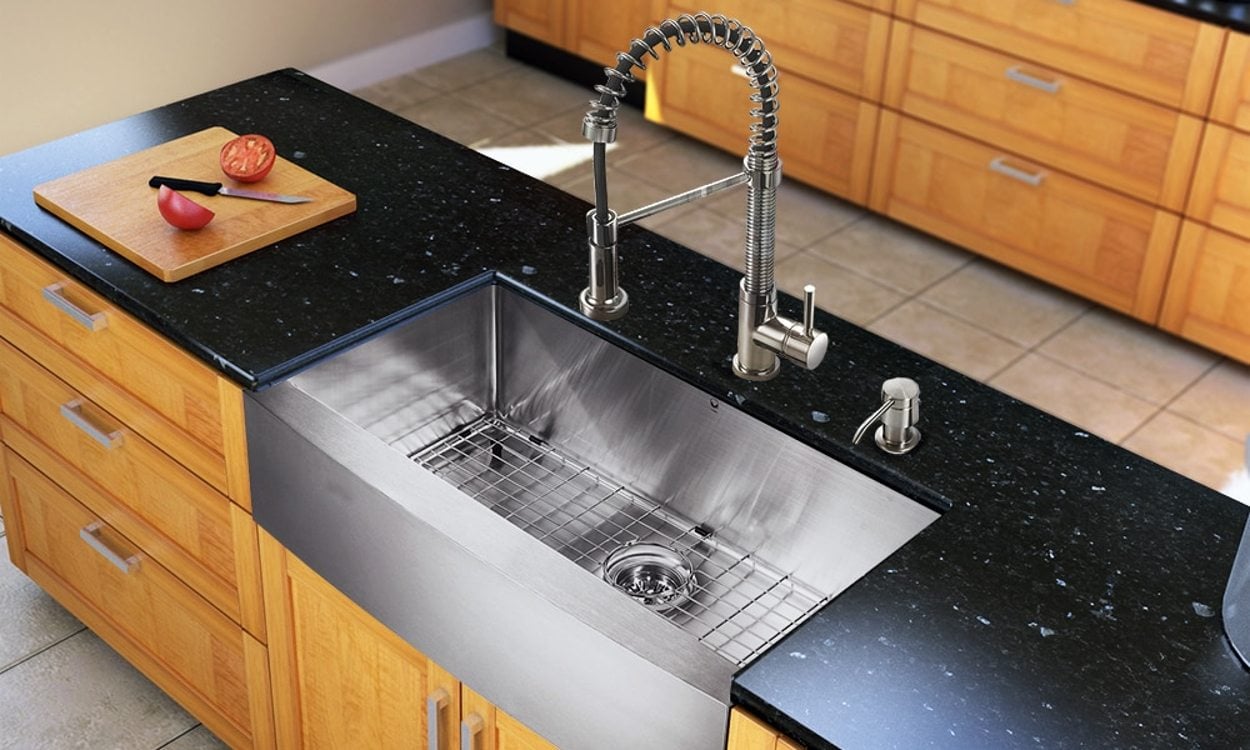
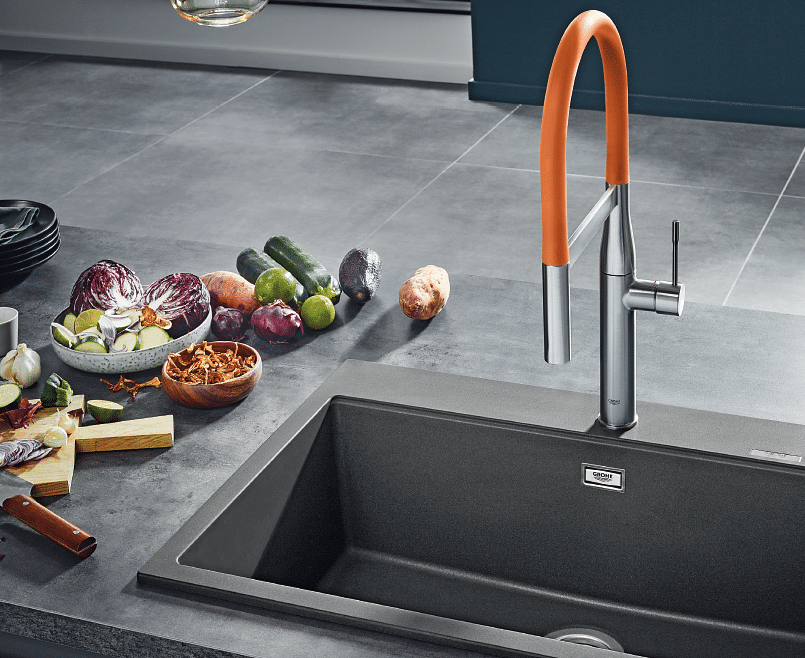
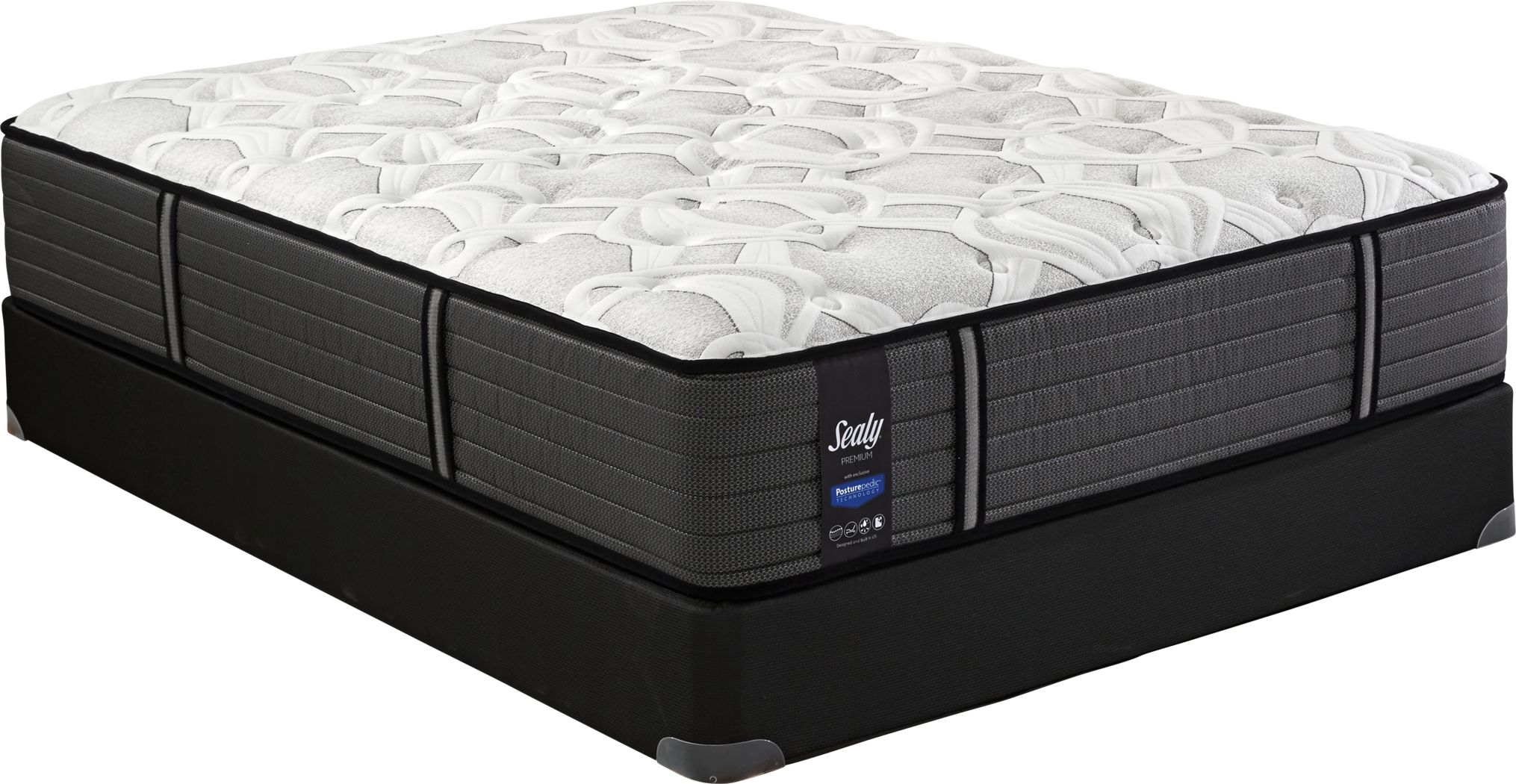

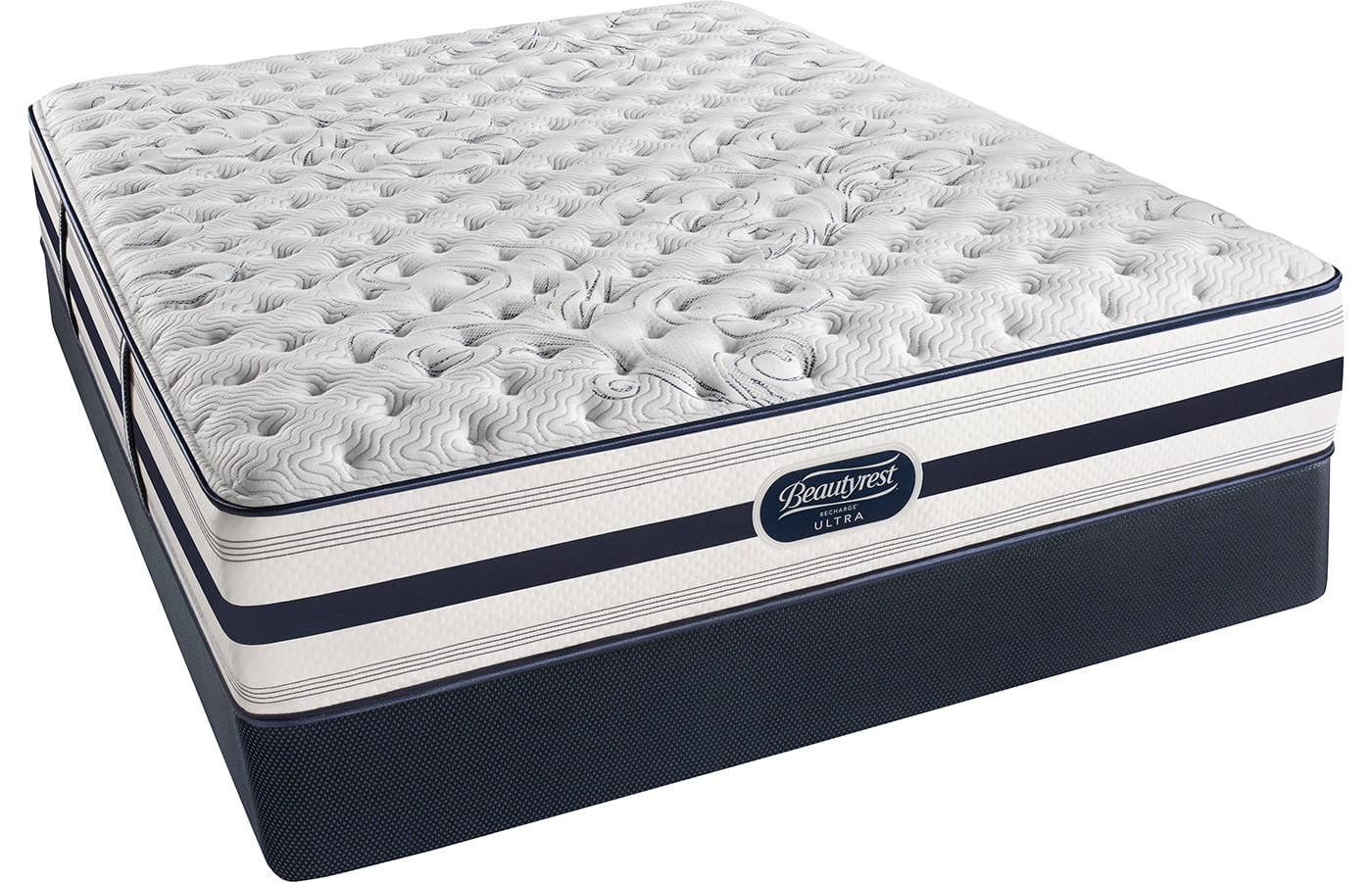

/media/img/prizes/prizegrab-sleep-number-bed-sweepstakes.jpg)

